Alignments
After generating the abilities of your character, selecting his or her race, and deciding upon a class, it is necessary to determine the alignment of the character. It is possible that the selection of the class your character informs or even predetermines alignment choice depending on how close you wish to play the prototypical version of that class. A druid implies neutral, a paladin lawful good, yet except for a small few classes, there are no restrictions leaving a huge latitude from which to choose from.
So what is alignment and why use it? This has been debated hotly for years and here is the answer: It defines the potential character arcs open to your character as they grow, influencing the role in story arcs and reminding the player of the basic moral and ideological makeup of the character. Like abilities, races, and classes this is not to be a straitjacket but a guiding light to assist you in play. When a player can't come up with a compelling reason to do something on the spot alignment is there to guide play.
LAWFUL GOOD
Creatures of lawful good alignment view the cosmos with varying degrees of lawfulness or desire for good. They are convinced that order and law are absolutely necessary to assure good, and that good is best defined as whatever brings the most benefit to the greater number of decent, thinking creatures and the least woe to the rest.
LAWFUL NEUTRAL
It is the view of this alignment that law and order give purpose and meaning to everything. Without regimentation and strict definition, there would be no purpose in the cosmos. Therefore, whether a law is good or evil is of no import as long as it brings order and meaning.
LAWFUL EVIL
Obviously, all order is not good, nor are all laws beneficial. Lawful evil creatures consider the order as the means by which each group is properly placed in the cosmos, from lowest to highest, strongest first, weakest last. Good is seen as an excuse to promote the mediocrity of the whole and suppress the better and more capable, while lawful evil allows each group to structure itself and fix its place as compared to others, serving the stronger but being served by the weaker.
NEUTRAL GOOD
Creatures of this alignment see the cosmos as a place where law and chaos are merely tools to use in bringing life, happiness, and prosperity to all deserving creatures. Order is not good unless it brings this to all; neither is randomness and total freedom desirable if it does not bring such good.
NEUTRALITY
Absolute, or true, neutral creatures view everything which exists as an integral, necessary port or function of the entire cosmos. Each thing exists as a part of the whole, one as a check or balance to the other, with life necessary for death, happiness for suffering, good for evil, order for chaos, and vice versa. Nothing must ever become predominant or out of balance. Within this naturalistic ethos, all creatures serve a role. They may be more or less important, but the neutral does not concern himself or herself with these considerations except where it is positively determined that the balance is threatened. Absolute neutrality is in the central or fulcrum position quite logically, as the neutral sees all other alignments as parts of a necessary whole. This alignment is the narrowest in scope and definitely not passive or apathetic in any way.
NEUTRAL EVIL
Siwilar to the neutral good alignment, that of neutral evil holds that neither groups nor individuals have great meaning. This ethos holds that seeking to promote weal for all actually brings woe to the truly deserving. Natural forces which are meant to cull out the weak and stupid are artificially suppressed by so-called good, and the fittest are wrongfully held back, so whatever means are expedient can be used by the powerful to gain and maintain their dominance, without concern for anything.
CHAOTIC GOOD
To the chaotic good individual, freedom and independence are as important to life and happiness. The ethos views this freedom as the only means by which each creature can achieve true satisfaction and happiness. Law, order, social forms, and anything else which tends to restrict or abridge individual freedom is wrong, and each individuol is capable of achieving self-realization and prosperity through himself, herself, or itself.
CHAOTIC NEUTRAL
This view of the cosmos holds that absolute freedom is necessary. Whether the individual exercising such freedom chooses to do good or evil is of no concern. After all, life itself is law and order, so death is a desirable end. Therefore, life can only be justified as a tool by which order is combatted, and in the end, it too will pass into entropy.
CHAOTIC EVIL
The chaotic evil creature holds that individual freedom and choice are important, and that other individuals and their freedoms are unimportant if they cannot be held by the individuals through their own strength and merit. Thus, law and order tends to promote not individuals but groups, and groups suppress individual volition and success.
So what is alignment and why use it? This has been debated hotly for years and here is the answer: It defines the potential character arcs open to your character as they grow, influencing the role in story arcs and reminding the player of the basic moral and ideological makeup of the character. Like abilities, races, and classes this is not to be a straitjacket but a guiding light to assist you in play. When a player can't come up with a compelling reason to do something on the spot alignment is there to guide play.
The Players Guide
Remove these ads. Join the Worldbuilders Guild
Inner Planes
1. The Prime Material Plane (or Physical Plane) houses the universe and all of its parallels. It is the plane of Terra and your campaign. 2. The Positive Material Plane is a place of energy and light, the place which is the source of much that is vital and active, the power supply for good. 3. The Negative Material Plane is the place of anti-matter and negative force, the source of power for the undead, the energy area from which evil grows. 4. The Elemental Plane of Air. 5. The Elemental Plane of Fire. 6. The Elemental Plane of Earth. 7. The Elemental Plane of Water. 8. The Ethereal Plane is that which surrounds and touches all of the other Inner Planes, the endless parallel worlds of the universe, without being a part of any of them. A creature able to become ethereal and then return to material form can use this plane to move from one to another of the Inner Planes.Outer Planes
9. The Astral Plane radiates from the Prime Material to a non-space where endless vortices spiral to the parallel Prime Material Planes and to the Outer Planes as well. Thus, this plane can be used to travel other universe(s) or to the Outer Planes, the source of alignment and religious, philosophical, and ethical ideals. 10. The Seven Heavens of absolute lawful good. 11. The Twin Paradises of neutral good lawfuls. 12. The planes of Elysium of neutral good. 13. The Happy Hunting Grounds of neutral good chaotics. 14. The planes of Olympus of absolute good chaotics. 15. The planes of Gladsheim of chaotic good neutrals. 16. The planes of Limbo of neutral (absolute) chaos (entropy). 17. The Planes of Pandemonium of chaotic evil neutrals. 18. The 666 layers of the Abyss of absolute chaotic evil. 19. The planes of Tarterus of evil chaotic neutrals. 20. Hades "Three Glooms" of absolute (neutral) evil. 21. The furnaces of Gehenna of lawful evil neutrals. 22. The Nine Hells of absolute lawful evil. 23. The nether planes of Acheron of lawful evil neutrals. 24. Nirvana of absolute (neutral) lawfuls. 25. The planes of Arcadia of neutral good lawfuls.Remove these ads. Join the Worldbuilders Guild


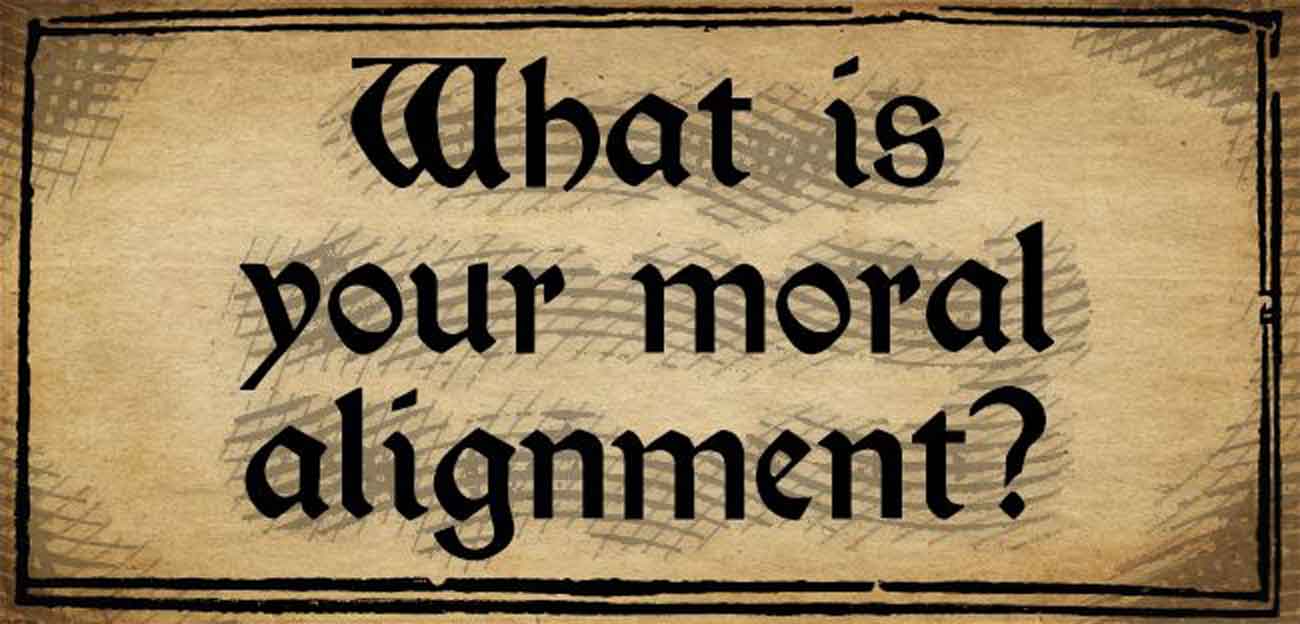
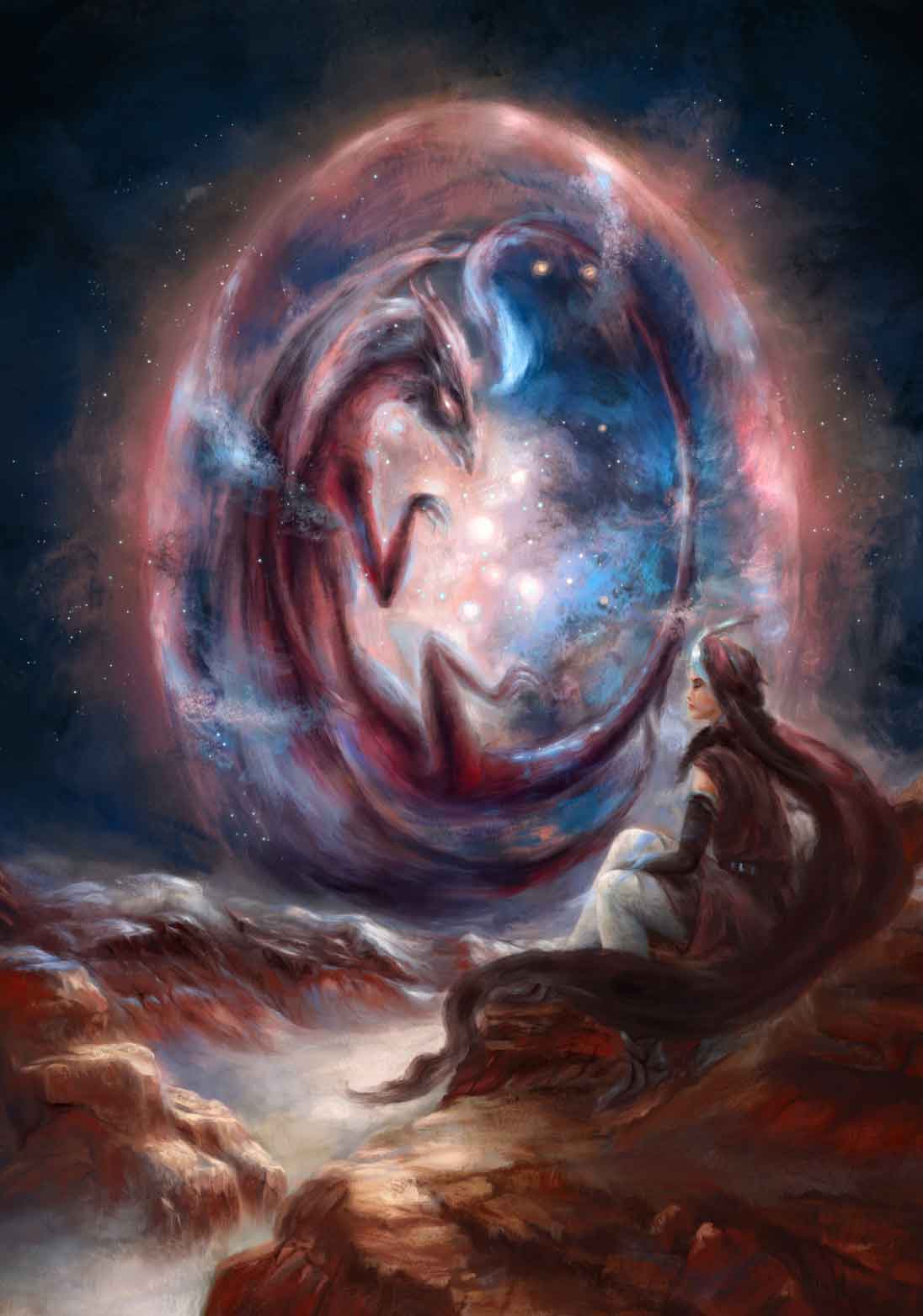
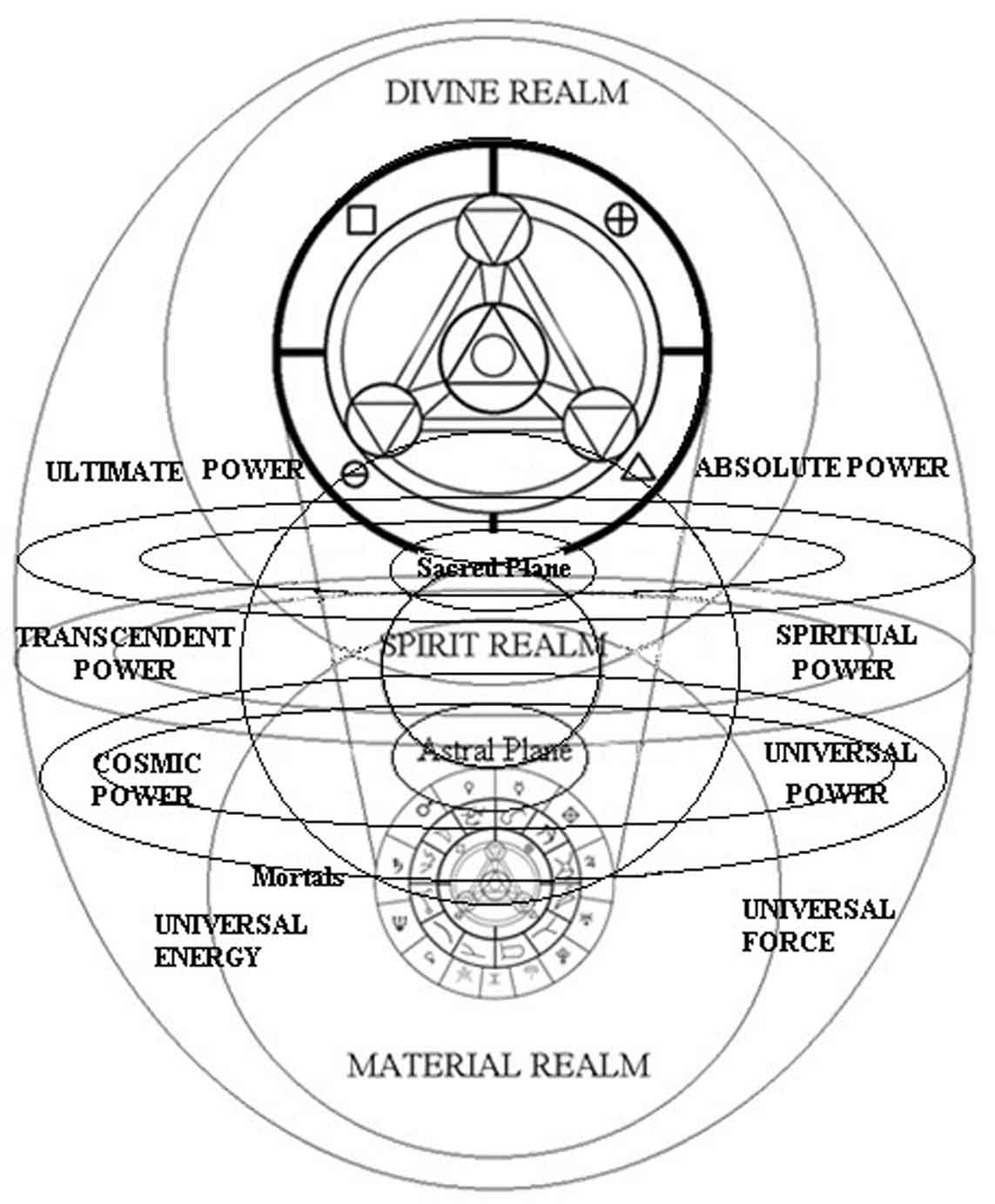

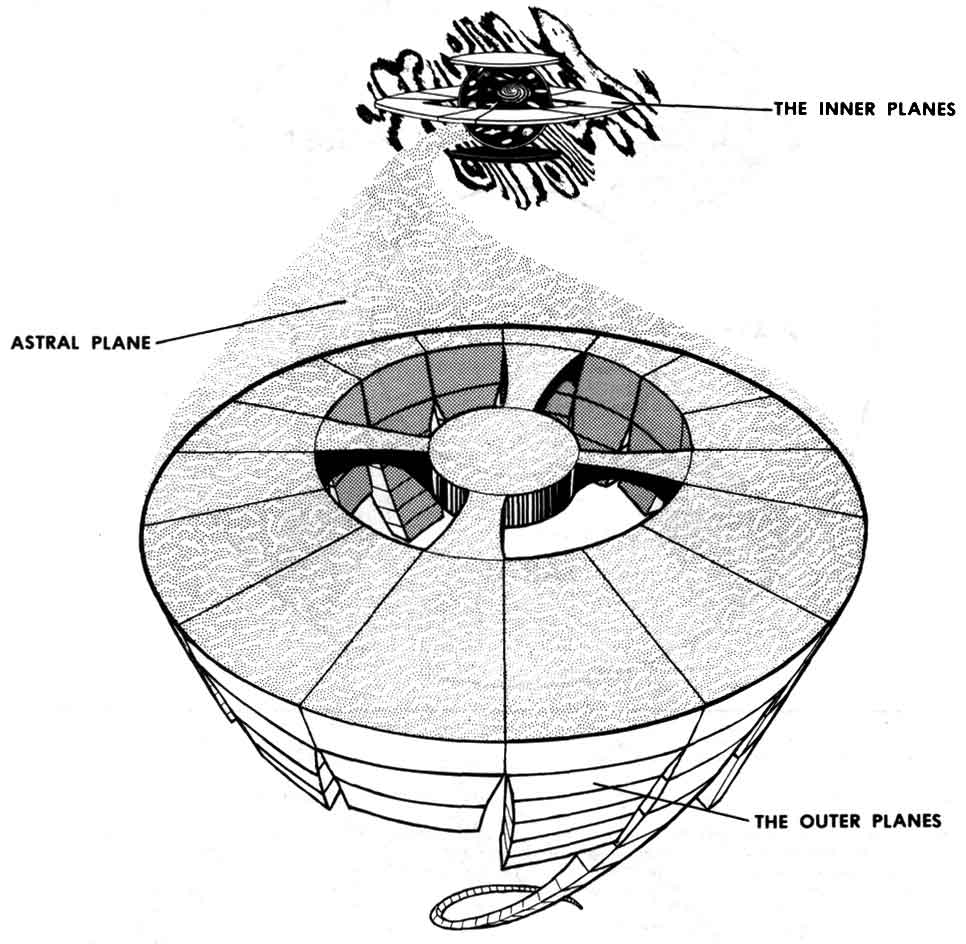
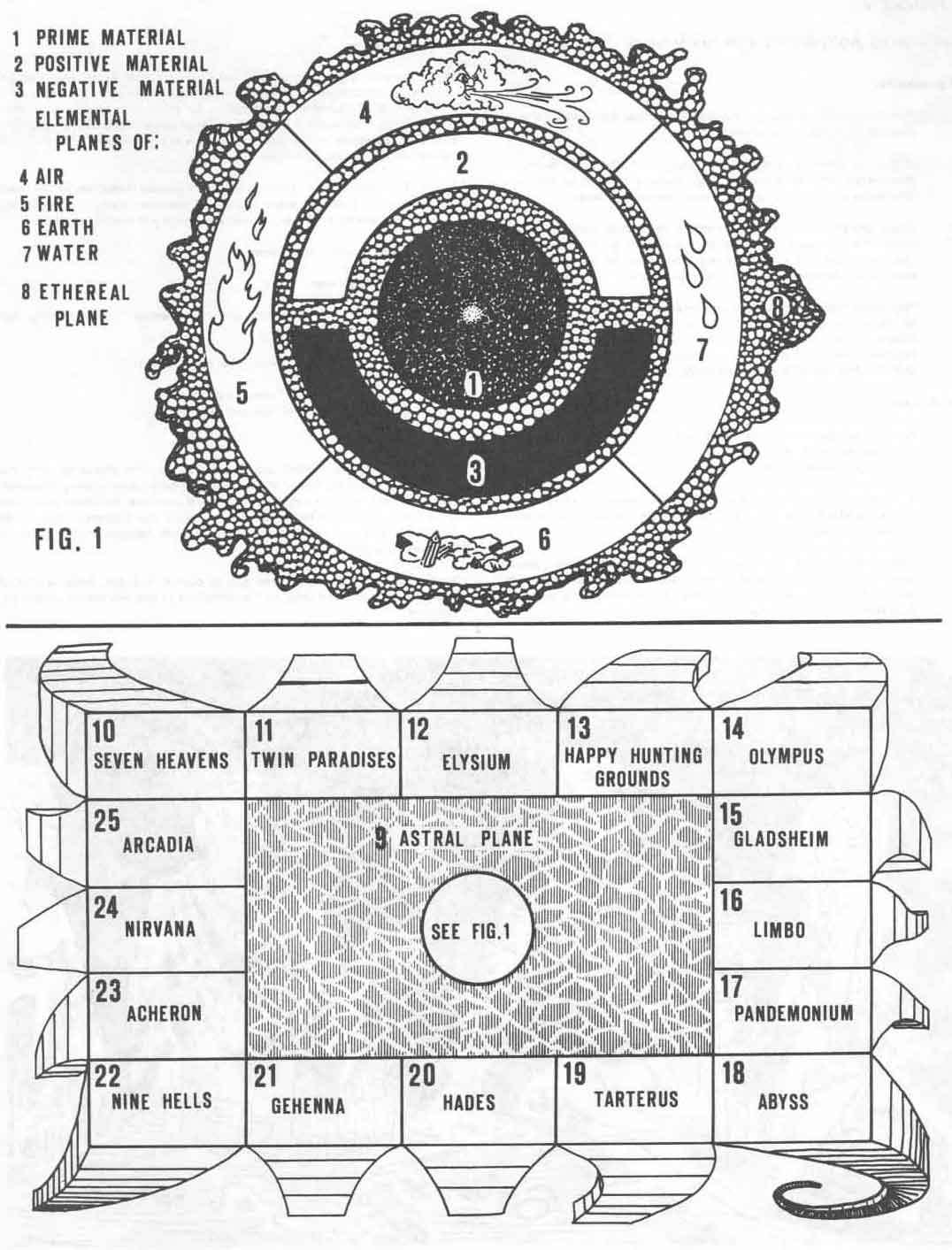







Comments